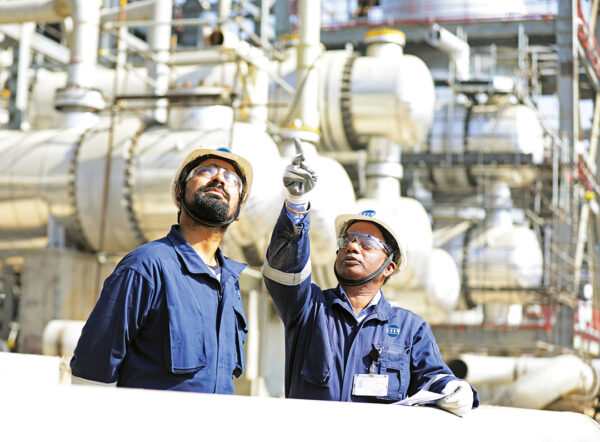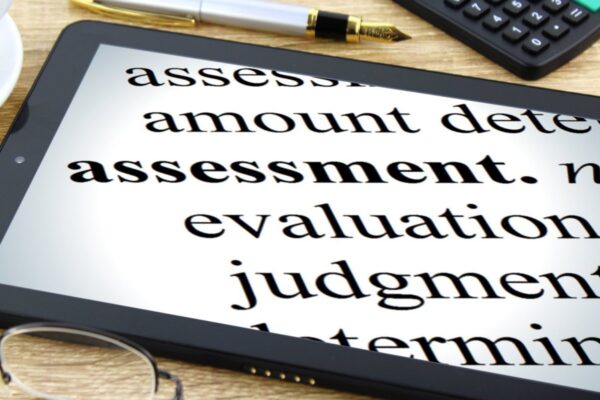051 8439995, 042 35911332

Are you an engineer planning to work in Australia? Start with Engineers Australia. To live and work as an engineer in Australia, get a formal skill assessment. You can also aim for permanent residency.
Now, check out the Top 5 Facts about Engineers Australia’s Skill Assessment for General Skilled Migration (GSM).
Why a Skills Assessment Is Necessary in Australia?
To work in Australia, you need an official skills assessment. This assessment evaluates you:
- Educational qualifications.
- Skills.
- Work experience.
It ensures you can work effectively in Australia. To qualify for an Australian skilled visa, you must have a sought-after qualification. You also need a positive skills assessment from the right authority. To apply for the General Skilled Migration (GSM) visa, you’ll require a “migration skills assessment outcome letter.”
Which Visas for Australia Demand a Positive Skills Assessment?
These Australian visas require a positive skills assessment:
- Skilled Independent visa (subclass 189) – points-tested stream.
- Skilled Nominated visa (subclass 190).
- Skilled Regional (provisional) visa (subclass 489) – Invited Pathway.
- Skilled Work Regional (provisional) visa (subclass 491).
- Employer Nomination Scheme (subclass 186).
- Regional Sponsored Migration Scheme (subclass 187).
- Temporary Skill Shortage visa (subclass 482).
- Temporary Graduate visa (subclass 485) – graduate work stream.
How Can You Obtain Skill Assessment From Engineers Australia?

Here’s the simple 6-step process to obtain a skills assessment from Engineers Australia:
1. Confirm your qualifications.
2. Learn about the four engineering categories:
- Professional Engineer
- Engineering Technologist
- Engineering Associate
- Engineering Manager
3. Pick your assessment path.
4. Prepare your application.
5. Submit your assessment application.
6. Await the assessment outcome.
Occupations Require Skill Assessment From Engineers Australia
To work in Australia as an engineer, you’ll need a skills assessment from Engineers Australia. Currently, 31 occupations require this assessment:
- Aeronautical Engineer (ANZSCO 233911, Professional Engineer)
- Agricultural Engineer (ANZSCO 233912, Professional Engineer)
- Biomedical Engineer (ANZSCO 233913, Professional Engineer)
- Building and Engineering Technicians nec (ANZSCO 312999, Engineering Associate)
- Chemical Engineer (ANZSCO 233111, Professional Engineer)
- Civil Engineer (ANZSCO 233211, Professional Engineer)
- Civil Engineering Draftsperson (ANZSCO 312211, Engineering Associate)
- Electrical Engineer (ANZSCO 233311, Professional Engineer)
- Electrical Engineering Draftsperson (ANZSCO 312311, Engineering Associate)
- Electronic Engineering Draftsperson (ANZSCO 312411, Engineering Associate)
- Electronics Engineer (ANZSCO 233411, Professional Engineer)
- Engineering Manager (ANZSCO 133211, Managers and Administrators)
- Engineering Professionals nec (ANZSCO 233999, Professional Engineer)
- Engineering Technologist (ANZSCO 233914, Engineering Technologist)
- Environmental Engineer (ANZSCO 233915, Professional Engineer)
- Geotechnical Engineer (ANZSCO 233212, Professional Engineer)
- Industrial Engineer (ANZSCO 233511, Professional Engineer)
- Materials Engineer (ANZSCO 233112, Professional Engineer)
- Mechanical Engineer (ANZSCO 233512, Professional Engineer)
- Mechanical Engineering Draftsperson (ANZSCO 312511, Engineering Associate)
- Mining Engineer (excluding Petroleum) (ANZSCO 233611, Professional Engineer)
- Naval Architect (ANZSCO 233916, Professional Engineer)
- Petroleum Engineer (ANZSCO 233612, Professional Engineer)
- Production or Plant Engineer (ANZSCO 233513, Professional Engineer)
- Structural Engineer (ANZSCO 233214, Professional Engineer)
- Telecommunications Engineer (ANZSCO 263311, Professional Engineer)
- Telecommunications Field Engineer (ANZSCO 313212, Engineering Associate)
- Telecommunications Network Engineer (ANZSCO 263312, Professional Engineer)
- Telecommunications Network Planner (ANZSCO 313213, Engineering Associate)
- Telecommunications Technical Officer or Technologist (ANZSCO 313214, Engineering Associate)
- Transport Engineer (ANZSCO 233215, Professional Engineer)
What Are the Assessment Pathways of Engineers Australia?
Engineers Australia offers various assessment pathways based on your qualifications:
(1) Accredited Pathway:
- Recognizes qualifications through international agreements known as Accords.
- Includes the Washington Accord, Dublin Accord, and Sydney Accord.
Qualifications must be completed in or after the country becomes a signatory to the relevant Accord.
(2) Australian Qualifications Pathway:
- Designed for those who obtained their qualifications in Australia.
- Requires that your engineering degree is listed in accredited programs.
(3) Competency Demonstration Report (CDR) Pathway:
- For individuals without accredited qualifications.
- Assesses skills, knowledge, and competency against global benchmarks.
- Involves creating a CDR with three Career Episodes showcasing professional growth, achievements, and contributions to engineering projects.
- Online applications must be submitted, selecting an engineering occupation from the Australian government’s list of 31 engineering occupations.
- Engineers Australia issues an outcome letter specifying the engineering occupation and occupational category.
- A strong CDR is crucial for a favorable assessment, signifying your competence to work in Australia as an engineer.
FAQs
What Are the Primary Functions and Responsibilities of Engineers Australia?

Engineers Australia, established in 1919 as the “Institution of Engineers Australia,” serves as the primary organization for the engineering profession in Australia. Its key functions include:
- Assessing skills applications of migrants for the Australian government.
- Evaluating members for the globally recognized Chartered credentials.
- Accrediting Australian tertiary engineering programs to international standards like the Sydney Accord, Washington Accord, and Dublin Accord.
- Maintaining the National Engineering Register, which includes over 26,000 engineers.
- Advocating for the engineering profession in Australia.
- Offering ongoing professional development to engineers.
What Does an Engineers Australia CDR Evaluation Cost?
A standard Competency Demonstration Report (CDR) assessment by Engineers Australia has the following costs:
- AUD 850 (excluding GST)
- AUD 935 (including GST)
Graduate Certificate?
A graduate diploma or certificate represents specialized training in a specific skill or area, though it’s not a graduate degree. It provides opportunities for career advancement.
Top Australian Universities for Engineering?
According to QS World University Rankings by Subject 2023: Engineering & Technology, the top Australian universities for engineering include:
- The University of New South Wales (UNSW Sydney)
- The University of Melbourne
- Monash University
- Australian National University (ANU)
- The University of Sydney
- The University of Queensland
- University of Technology Sydney
- The University of Adelaide
- RMIT University
- The University of Western Australia
- Queensland University of Technology (QUT)
- Curtin University
- University of Wollongong
- The University of Newcastle, Australia (UON)
- Deakin University
- Macquarie University (Sydney, Australia)
- Swinburne University of Technology
- University of South Australia
- Griffith University
Many universities in Australia provide scholarships and fellowships.
Job Prospects for International Engineers in Australia
Australia has a high demand for international engineers, with top source countries for overseas-born engineers including India, China, Philippines, United Kingdom, Iran, Malaysia, Sri Lanka, South Africa, Pakistan, and Bangladesh.
Engineers Australia Overseas Chapters
Engineers Australia has overseas chapters in the United Kingdom, the Middle East, and Asia, where expatriates and Australian engineers who studied abroad can connect.
Sustainability in Structural Engineering
Sustainability in structural engineering is about integrating green building practices and sustainable design. This approach aims to reduce the environmental impact and secure a sustainable future.
